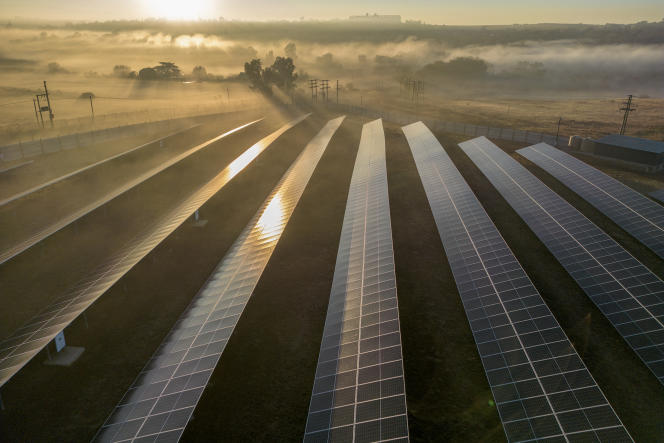IThere will be a lot of people in Paris on June 22 and 23. US Treasury Secretary Janet Yellen, Chinese Premier Li Qiang and no less than 21 African presidents will meet at the Palais Brongniart. The Summit for a new global financial pact aims to help the most disadvantaged countries achieve their energy transition by investing in “green” infrastructure and adapting to the new climate situation.
Hence the significant African presence. It will be a question of debt and investment, the two sides of the same coin, that of the eternal fight for the development of the countries of sub-Saharan Africa. The latter will have met before, this Tuesday, June 20 in Nairobi, to talk about the subject very close to energy, and in particular electricity, both the plague and the hope of Africa.
To understand the magnitude of the challenge, let’s take a detour through the household appliances department. The star of the moment is the American fridge. Generally of Korean, Turkish or Chinese manufacture, it shines with all its chrome with its two doors and its ice cube dispenser. It consumes an average of 640 kWh/year. A straw for our Western scholarships.
Regular shortages
Yet this is exactly three and a half times the total electricity consumption of an average African over one year. On the continent, one inhabitant in two, or 590 million people, simply does not have access to it at all. Without development, no electricity, but without electricity, no development possible. According to a survey by the NGO Energy for Growth, three-quarters of African businesses face regular power shortages.
However, supreme paradox, Africa is the most richly endowed continent in this field. Many countries have gas reserves, its sunshine can provide it with electricity in abundance, including to produce exportable hydrogen, its basement is full of the ingredients needed to produce batteries, motors and solar panels. , and we have even just discovered that the immense geological fault of the Rift, which crosses Kenya right through, would be an ideal place to store and transform into rock carbon dioxide captured in the atmosphere.
Aware of these advantages, Western countries are multiplying projects, whether in gas or even to test the production of hydrogen in the form of ammonia. But these reserves, like cobalt or copper ores, quickly go by boat. According to the International Energy Agency, the continent’s total electricity production is 260 GW, or only 3% of the world’s capacity, while Africa represents 18% of the world’s population.
You have 21.57% of this article left to read. The following is for subscribers only.
